The Milwaukee County Zoo is a serene home to more than 2,200 mammals, birds, fish, amphibians, and reptiles, with over 340 species represented. However, the Zoo has become more than that to visitors. It’s a site for special events, holiday celebrations, summer concerts, and exhibits — and one of Wisconsin’s top cultural institutions, reaching more than 1.13 million guests annually, on average.
Recognized as one of the country’s finest zoological attractions, the Milwaukee County Zoo serves as a resource to educate, entertain, and inspire.
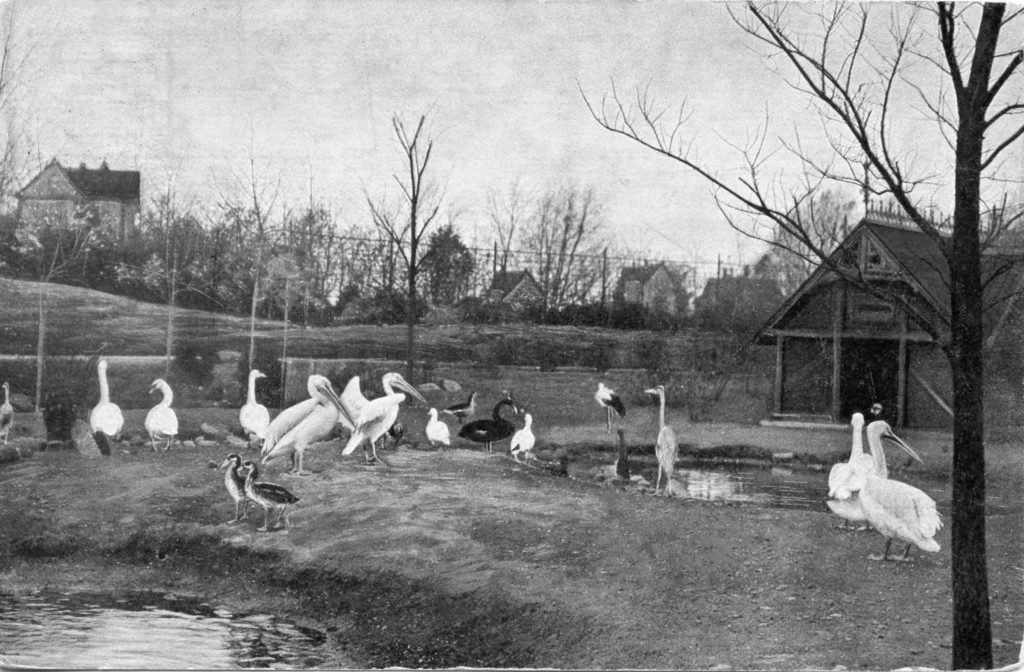
The wildness began in 1892 when the Milwaukee County Zoo was a simple miniature mammal and bird display in Milwaukee’s downtown Washington Park. By 1902, the Zoo expanded to 23 acres and had acquired a roaring 800 animals. Thirty-two years later, the Zoo became an entity of the Milwaukee County Park Commission. The arrangement gave the Zoo the resources it needed to grow and prosper. The chance to grow surfaced in 1958, when the Zoo moved to its present location on 190 acres of beautiful parkland.
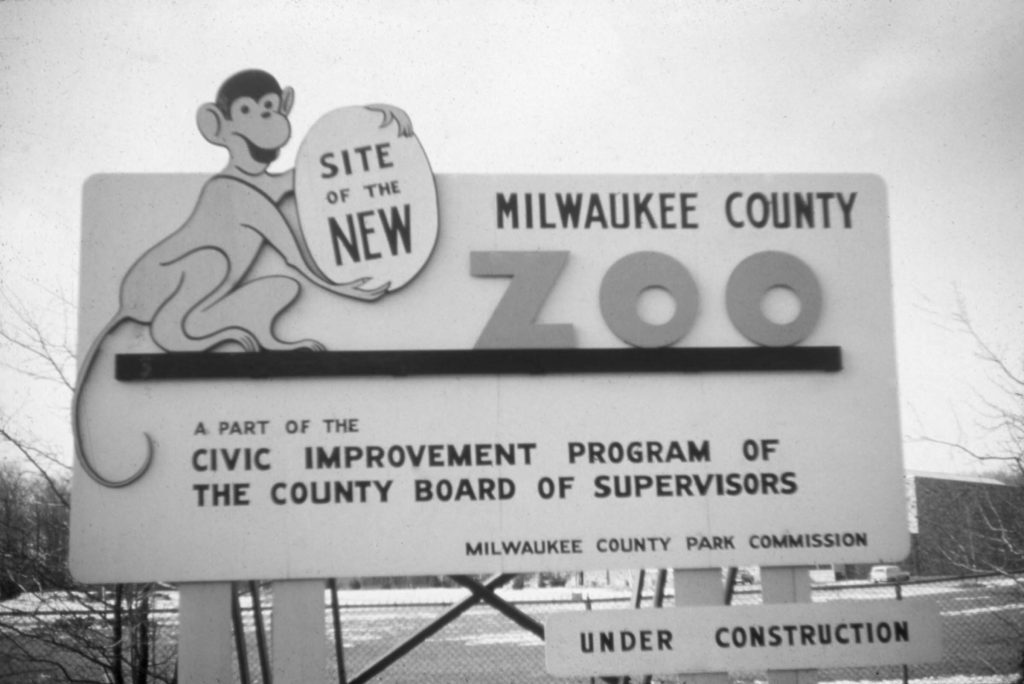
The first decade at the Zoo’s new location saw several developments: The Primate Building, Monkey Island, and Winter Quarters construction. In the early 1960s, Grizzly, Polar, and Brown Bear dens were completed, as were the Feline, Pachyderm, Giraffe, Bird, Small Mammals, and Aquarium/Reptile Buildings. In the 1970s, the Zoo continued to grow: The Children’s Zoo, Train Shed, and Zoo Hospital were constructed. The Gift Shop and Zoo Pride, the Zoological Society’s volunteer group, also were established during this decade of expansion.
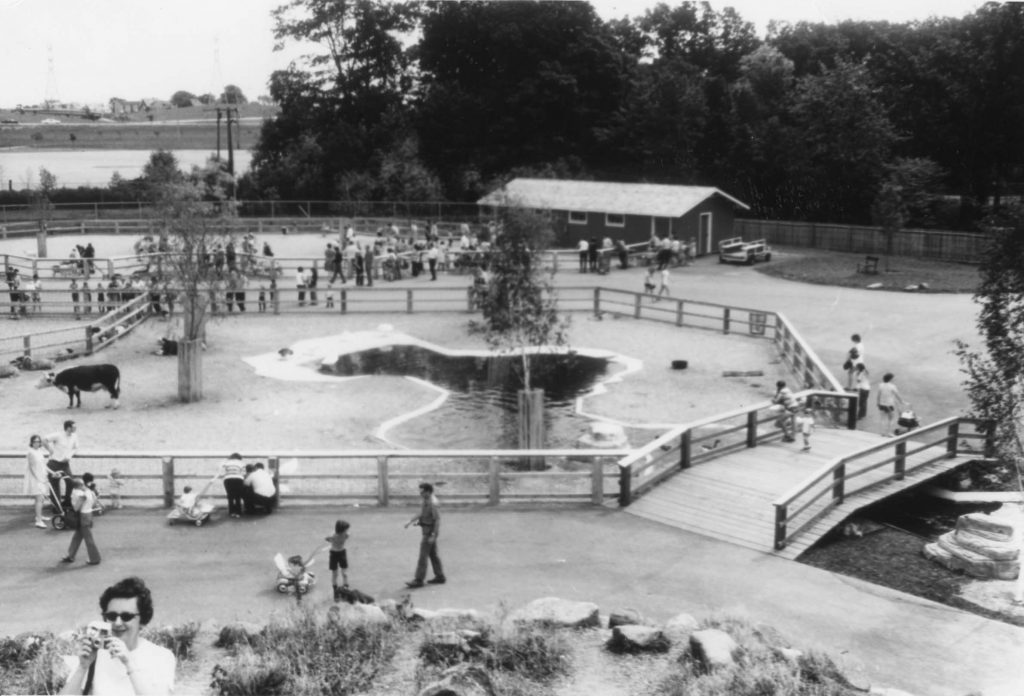
Since 1976, the Milwaukee County Zoo has maintained accreditation in the Association of Zoos and Aquariums (AZA). The Zoo continues its involvement in the propagation and conservation of endangered species and is currently engaged in several significant breeding programs.
Charles Wikenhauser was the Zoo director from 1990 until his retirement April 1, 2021. With 31+ years of service, he was the longest-serving director of the Zoo, and during his tenure, Wikenhauser focused on strengthening the Zoo’s role in conservation and the propagation of species, animal welfare, and enrichment.
In 2021, Amos Morris started his tenure as the Zoo’s new director. Morris has an extensive career in the animal profession, working at seven different zoos in various roles including zookeeper, curator, and director.
A 154-member, full-time staff provides the necessary support to maintain a high-quality park, while continually developing innovative ways to help the Zoo reach and maintain attendance and revenue goals.
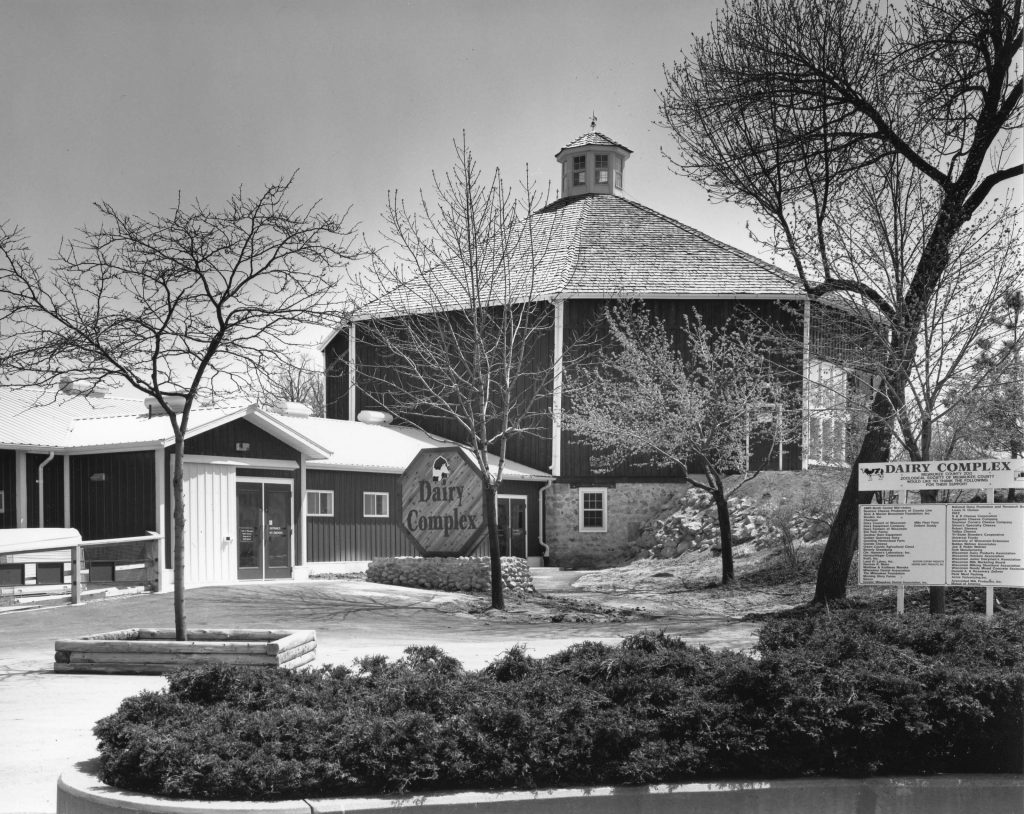
To remain current in its operations, and adhere to the growing needs of the animals, the Zoo initiated an expansion and renovation master plan in 1985. This plan saw the completion of the Wolf Woods, the Polar Bear and Sea Lion Exhibits, the Dairy Complex, and the Peck Welcome Center.
More additions and renovations have taken place at the Milwaukee County Zoo. The $10.7 million primate facility is one example. Apes of Africa opened in 1992 and houses Western lowland gorillas and bonobos. The complex was designed to closely represent the West African rainforest. It provides the gorillas and bonobos with surroundings that are similar to their natural environment.
In 2002, the Zoo unveiled a renovated Macaque Island outdoor habitat for the Japanese macaques. These lively animals have habitat additions and additional enrichment items to help keep their minds active.

The year 2003 marked the start of the Feline Building renovation. The $7.2 million project provided larger and more realistic habitats for these magnificent animals, enhancing their quality of life. The Florence Mila Borchert Big Cat Country was unveiled in 2005 and showcased new residents like jaguars and young African lions.
The year 2003 also marked the completion of the Animal Health Center. Made possible by Milwaukee County, the Zoological Society, and major gifts from the Gretchen and Andrew Dawes Charitable Trust and Holz Family Foundation, this facility serves to further enhance the veterinary care of the animal population. Features of the Animal Health Center include: a 1,000-square-foot observation area for the public to view surgery and treatment rooms, wards with shallow pools for waterfowl, cold rooms for animals such as penguins, and warm rooms for reptiles.
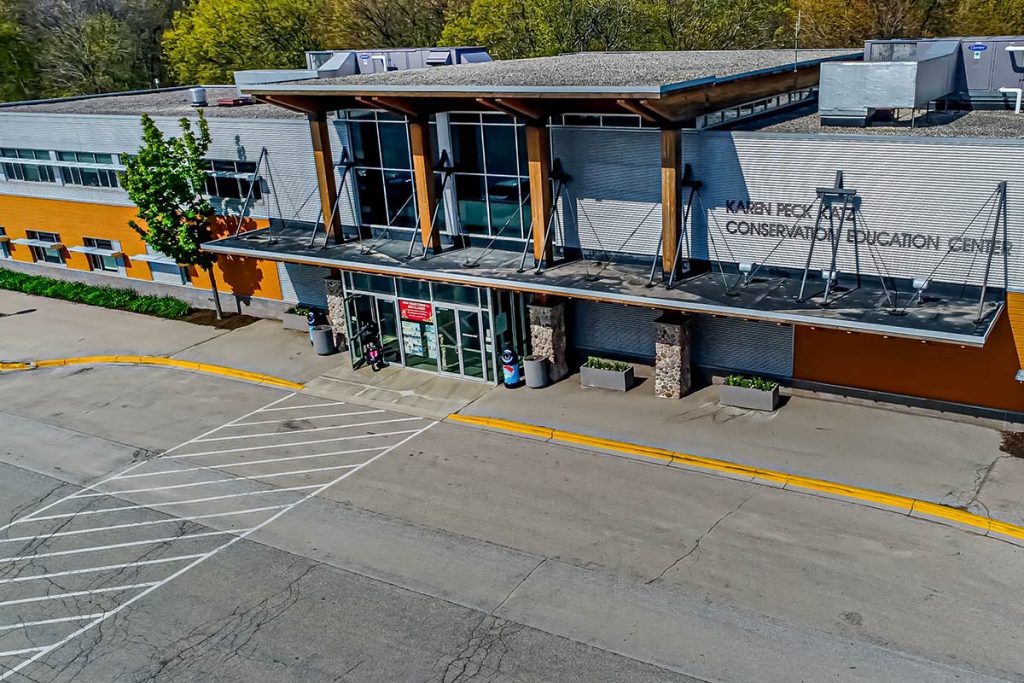
The year 2004 saw the completion of the Karen Peck Katz Conservation Education Center. The spacious building has two levels, eight classrooms, and a “green” roof with environmentally friendly plantings.
In 2005, the Zoo opened a renovated Northwestern Mutual Family Farm, formerly the Children’s Zoo. Visitors can get up close with native wildlife and farm animals, as educational presentations are offered in the Stackner Animal Encounter Building. A playground with various amenities opened in 2015, in addition to the Kohl’s Wild Theater venue.
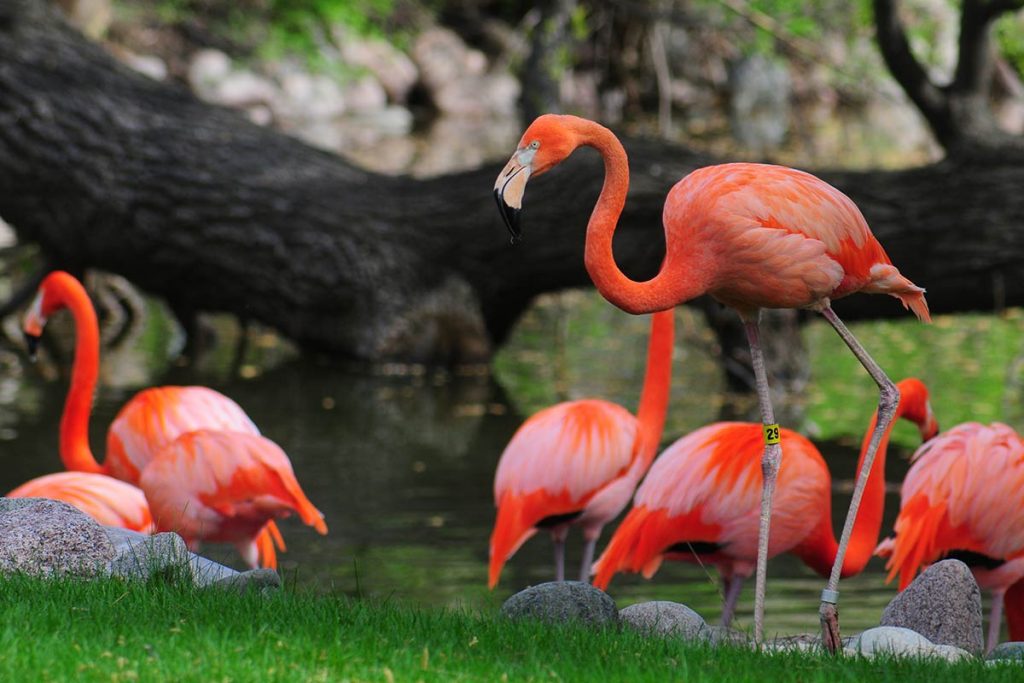
In summer 2008, the Zoo welcomed a flock of Caribbean flamingoes that took up residence across from the Mahler Family Aviary. Visitors come face to face with these striking birds in their lush habitat, the Idabel Wilmot Borchert Flamingo Exhibit and Overlook. A new species, Chilean flamingoes, joined the flock to live alongside the resident group.
Also, in 2008, the U.S. Bank Gathering Place opened to the public. This attractive area features a spacious, light-filled atrium with Café 1892 (formerly known as The Flamingo Café) and Coffee Shop, a customer service area, and restrooms. This building marked the final project of the New Zoo II Capital Campaign to improve the Zoo. The $30 million-plus campaign, initiated in 2001, was run by the public-private partnership of Milwaukee County and the non-profit Zoological Society.
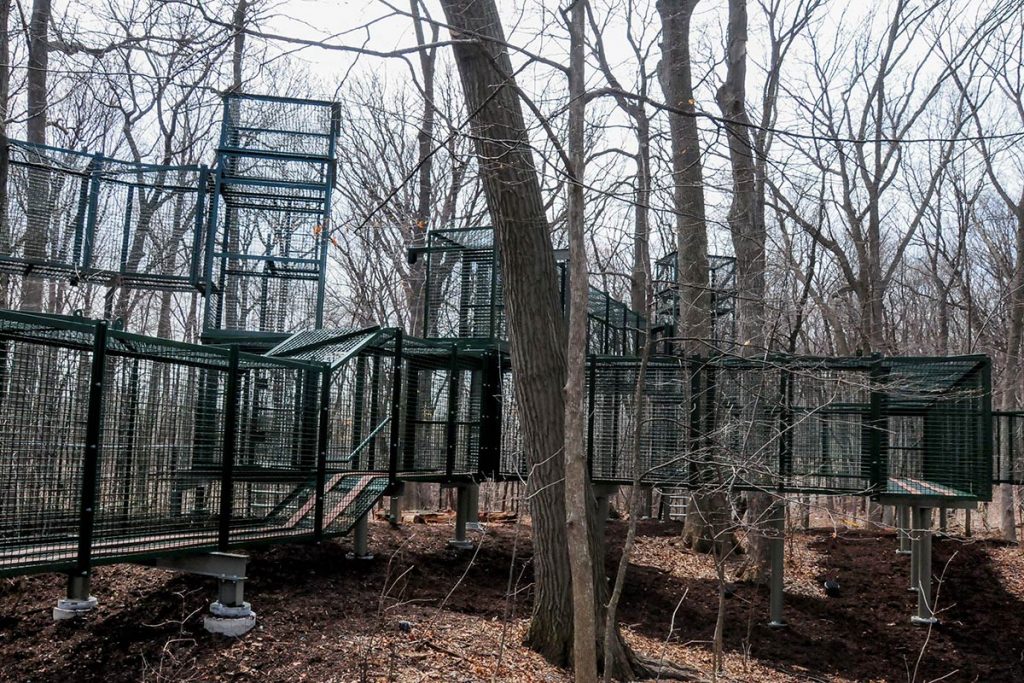
In 2011, an outdoor public habitat for the bonobos was unveiled. These rare and charismatic great apes (the smallest of the ape species) can explore 500 feet of elevated mesh passageways displayed in the forest. The area was specially designed to replicate the bonobos’ native habitat in the Democratic Republic of Congo in Africa.
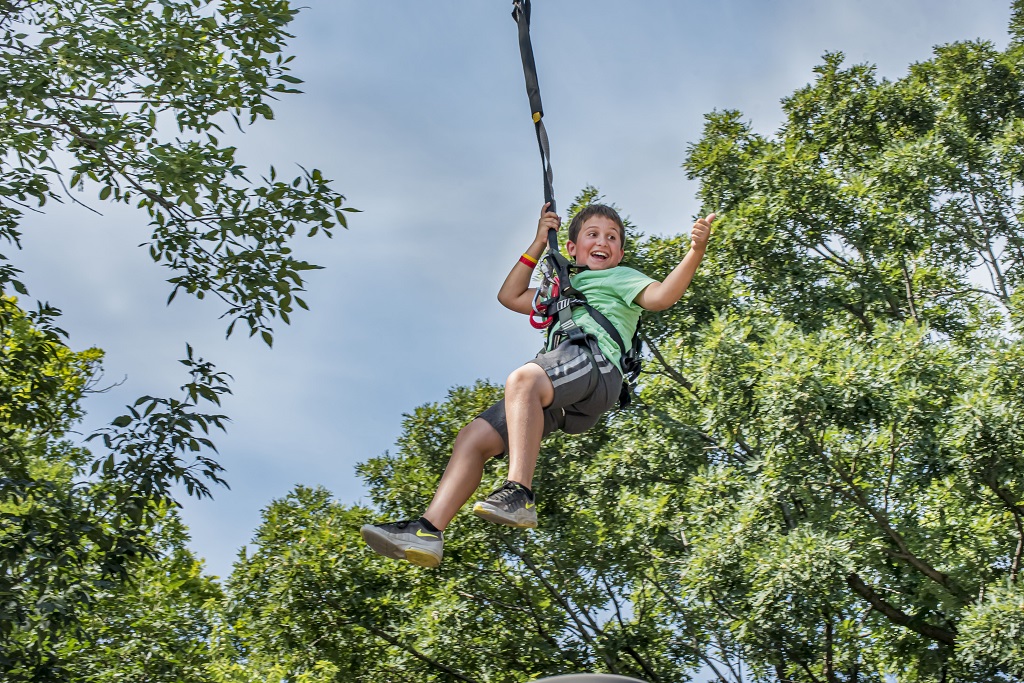
Also, in 2011, the SkyTrail® Adventure Ropes Course and Zip Line opened. This permanent activity (open spring and summer) features a 400-foot zip line and two ropes courses, one for children and one for adults. Now owned by MCZ, it has been renamed Sky Adventure Zip Line and Ropes Courses.
In 2012, the Zoo completed the renovated entrance to the Northwestern Mutual Family Farm, which includes an outdoor museum of early farm equipment and interpretive graphics.
In May 2017, the Zoo embarked on a public-private concessions partnership with SSA Group. The Zoo provides concessions, merchandising, and catering services with SSA, the premiere service provider for public and private cultural attractions for more than 40 years. As part of the partnership, SSA provides $3 million for capital investments, including major renovations and upgrades to the Zoo’s existing restaurants and Gift Shop.
In July 2018, the Zoo and SSA unveiled some innovative dining options for visitors. The Bear Garden, an ode to the Wisconsin outdoors, offers an “adult-friendly” menu. West End Snacks offers visitors the usual snacks, as well as strawberry and pineapple Dole Whips®, a kosher, gluten-free, and dairy-free soft-serve snack. Visitors can enjoy their snacks while watching the playful otters nearby. In fall 2018, Nourish 414, formerly known as Lakeview Place, opened, serving fare including hamburgers, hot dogs, sandwiches, and more.
More recent undertakings include the completion of the first planning phase of a new 20-year Zoo Master Plan, which addresses improvements in animal habitats, visitor attractions and amenities, service facilities, and operations.
Part of the original plan, the Zoo’s West Entrance, including admissions and concessions areas, merchandising, and an adjacent parking lot was completed, and welcomed visitors in 2018. Modern Woodmen Otter Passage, a North American river otter habitat featuring these popular native animals, greets guests upon entering this location. The most abundant of otter species, the colony takes up outdoor residence with their gregarious ways and boundless energy.
The plan also included construction of Adventure Africa-Phase I, an elephant and mixed species habitat that meets the Association of Zoos and Aquariums standards for elephant care. The area features a larger, 1.6-acre outdoor elephant habitat, watering hole, and 20,000-square-foot indoor Elephant Care Center. The habitat was unveiled in May 2019.
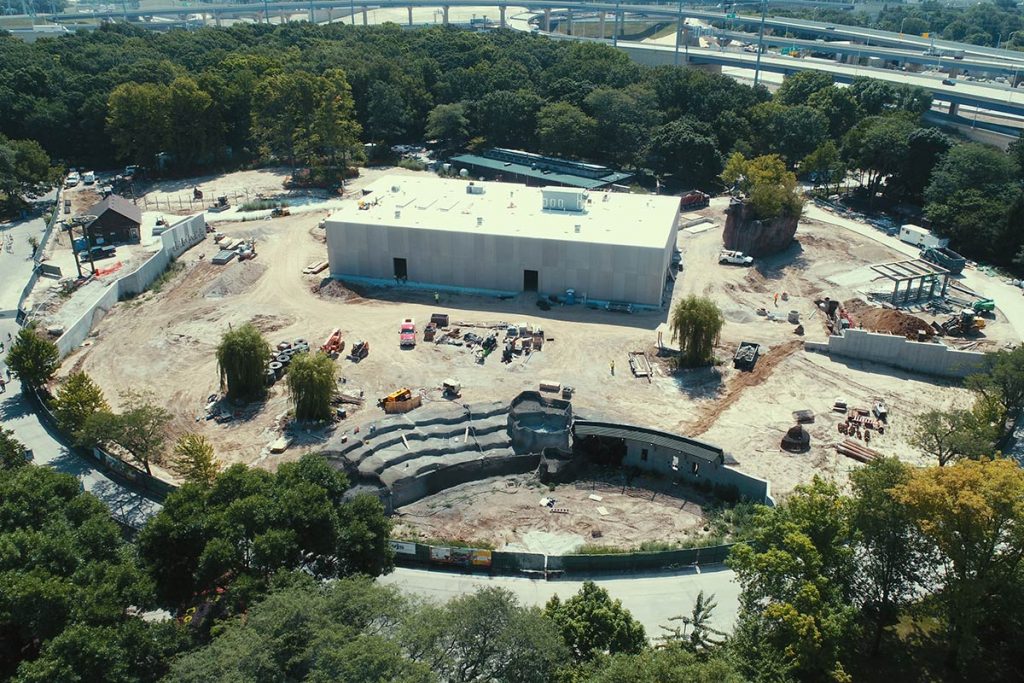
Adventure Africa is the largest physical change to the Milwaukee County Zoo since opening at its present location in 1961. The Elephant Care Center and outdoor area can accommodate up to five elephants, which allows for more social interactions and groupings. In November 2019, we welcomed a female elephant, Belle, to our resident elephants, Ruth and Brittany. After well-planned and careful introductions, Belle has settled in with Ruth and Brittany, and visitors can see the herd living together.
The renovated Gift Shop opened in 2019 and features new floors, ceiling, and fixtures with a modern look and rustic elements representing Wisconsin. The merchandise includes traditional favorites, plus apparel and toys, as well as some local and fair-trade global products.
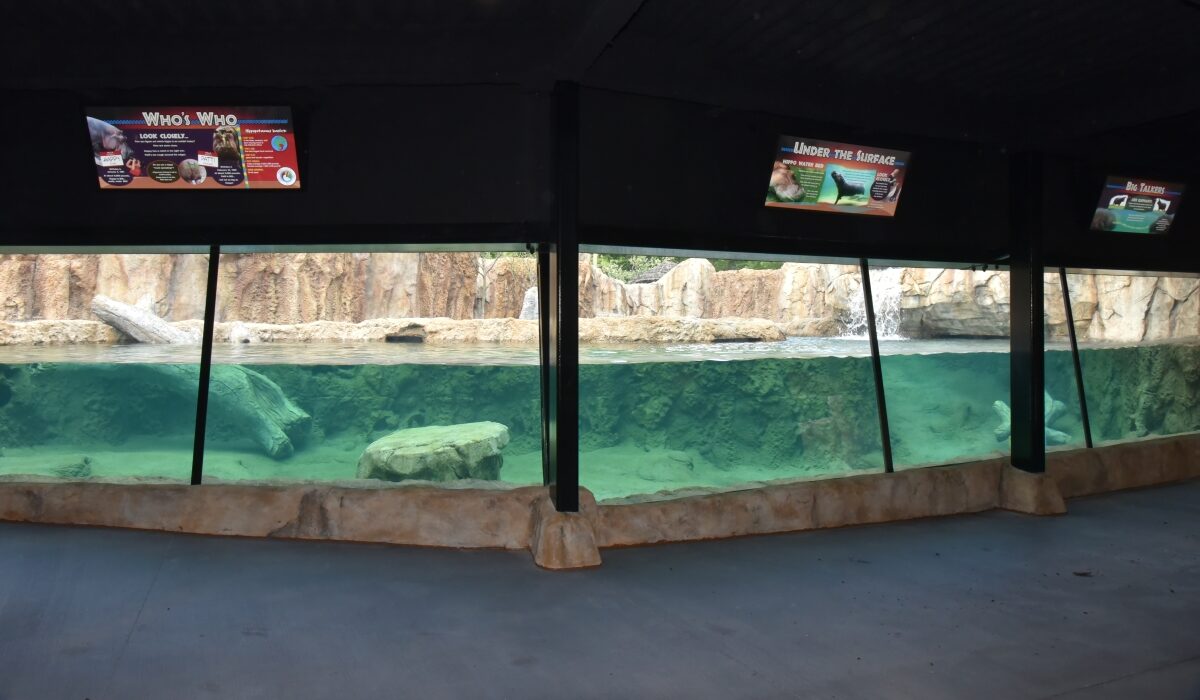
Construction for Phase II of Adventure Africa, featuring a new Hippo Exhibit, opened to visitors in summer 2020. The Dohmen Family Foundation Hippo Haven significantly expanded the habitat for hippos, featuring a 60,000-gallon watering hole which saves more than 20 million gallons of water annually. This expansive underwater feature allows visitors to come face to face with these magnificent and powerful animals, and at 7-feet deep, it’s three times larger than the former watering hole. The exhibit is open April-October.
The year 2022 marked a veritable “baby boom” at the Zoo, with a total of 36 births. Some of the species represented included: two reticulated giraffes, a harbor seal, an Inca tern, three Japanese macaques, seven North American river otters, a prehensile-tailed porcupine, and a red panda.
Also in summer 2022, the Zoo unveiled the Gorilla Trek Virtual Reality Experience, a fully-immersive and dynamic semi-permanent exhibit. The Milwaukee County Zoo was the first in the country to unveil this Experience — a 360-degree live action virtual reality film with motion platform seating, to give an unprecedented look at one of nature’s most intriguing and endangered animals — mountain gorillas in their natural habitat of Rwanda.
Phase III of Adventure Africa, which addresses the Rhino Exhibit, will be the next project to get underway. The exhibit will combine the current Rhino habitat with the former Elephant Exhibit and create a new indoor and outdoor home for rhinos, a new indoor area for the hippos, and a new covered pathway. Construction is anticipated to start in spring 2024.
The Milwaukee County Zoo will continue to be one of Wisconsin’s finest attractions. With its renowned animal population, special events, and exhibitions, the Zoo offers visitors a course in education, conservation, and enjoyment.
For more information, please contact the Zoo’s Marketing and Communications Department at 414-256-5466.
© 2025 Milwaukee County Zoo. All Rights Reserved | Privacy Policy